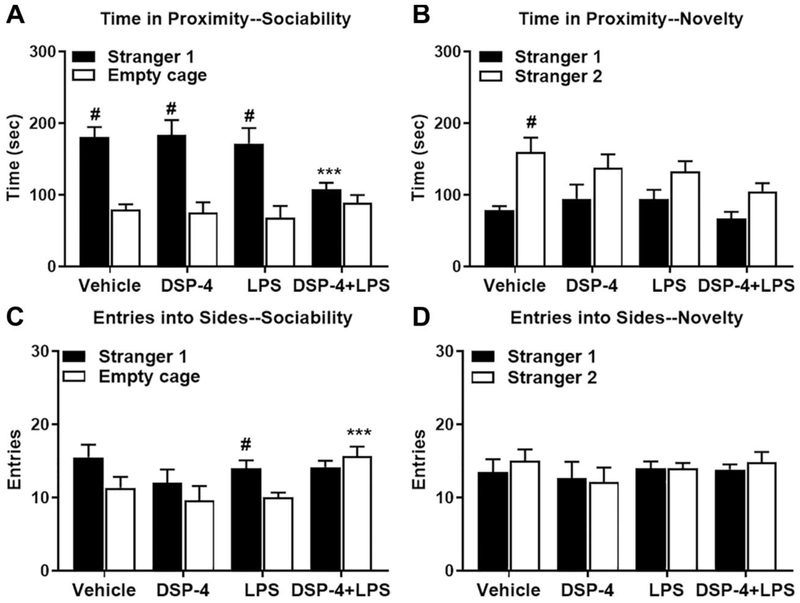Fig. 4. Loss of sociability in “two-hit” mice.
Male C57BL/6J were tested at 3.5 months after exposed to DSP-4/LPS. (A) “Two-hit” mice failed to show sociability, as they spent a comparable time with stranger mouse and empty cage, but significantly less time in proximity to the stranger mouse than all three other groups, [within-group analyses following repeated measures ANOVA, treatment x side interaction, F(3,20)=3.39, p=0.0381; and effect of side, F(1,20)=49.97, p<0.0001], (B) Mice failed to show social novelty preference in the all toxins-treated groups, [main effect of treatment, F(3,20)=3.61, p=0.0313; and side, F(1,20)=16.57, p=0.0006]. (C) “Two-hit” mice made significantly more entries into the empty cage side than all three other treatment groups, [treatment x side interaction, F(3,20)=5.09, p=0.0089; effect of side, F(1,20)=14.85, p=0.001]. (D) No significant effects of treatment or side were observed for entries during the test for social novelty preference. Data are mean (± SEM) for 10-min tests. N=6 mice per treatment group. #p<0.05, within-treatment group comparison to opposite side. ***p<0.05, comparison to all three other groups with the same colored bar.

